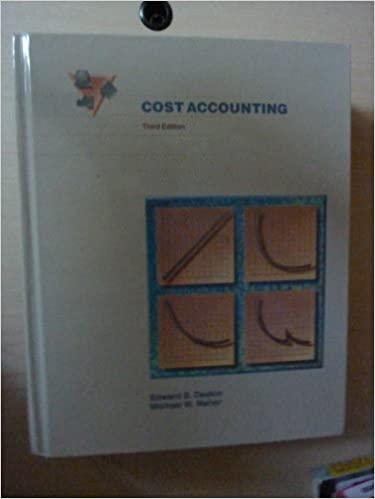ROI, Residual Income, and Net Present Value (L.O.4): Sound Enterprises is a conglomerate located on the shore
Question:
ROI, Residual Income, and Net Present Value (L.O.4): Sound Enterprises is a conglomerate located on the shore of the Gulf of Siam. Sound invested $800,000 in Container Shipping in 1984. Due to a glut in the availability of ships. Container Shipping had no positive cash flows until 1990. At that time, Container obtained a five-year charter for its entire fleet. The charter provides Container with annual before-tax cash flows of $400,000. Since Container believes that the ships will have no value after that date, Container is depreciating the $800,000 over the five years using the straight-line method and no salvage value starting in 1990. Sound Enterprises became impatient with the problems at its shipping subsidiary. In 1988, it formed Herring Fisheries, S.A., and invested $1.2 million to acquire fishing rights and to charter ships. Herring Fisheries began operations in 1990. Cash flows are $450,000 per year and are expected to continue for five years. At the end of five years, the fishing rights and charters will expire. Hence, the investment cost of $1.2 million is being depreciated straight-line over a five-year period starting in 1990. The company evaluates divisions on the basis of return on initial investment. (that is, annual before-tax net income divided by $800,000 for Container Shipping and $1.2 million for Herring). The cost of capital (before-tax) is 15 percent.
Required:
a. Which subsidiary's project has the greater net present value?
b. Which subsidiary has the greater ROI and RI?
c. If the rankings differ, how is this explained?
Step by Step Answer:






